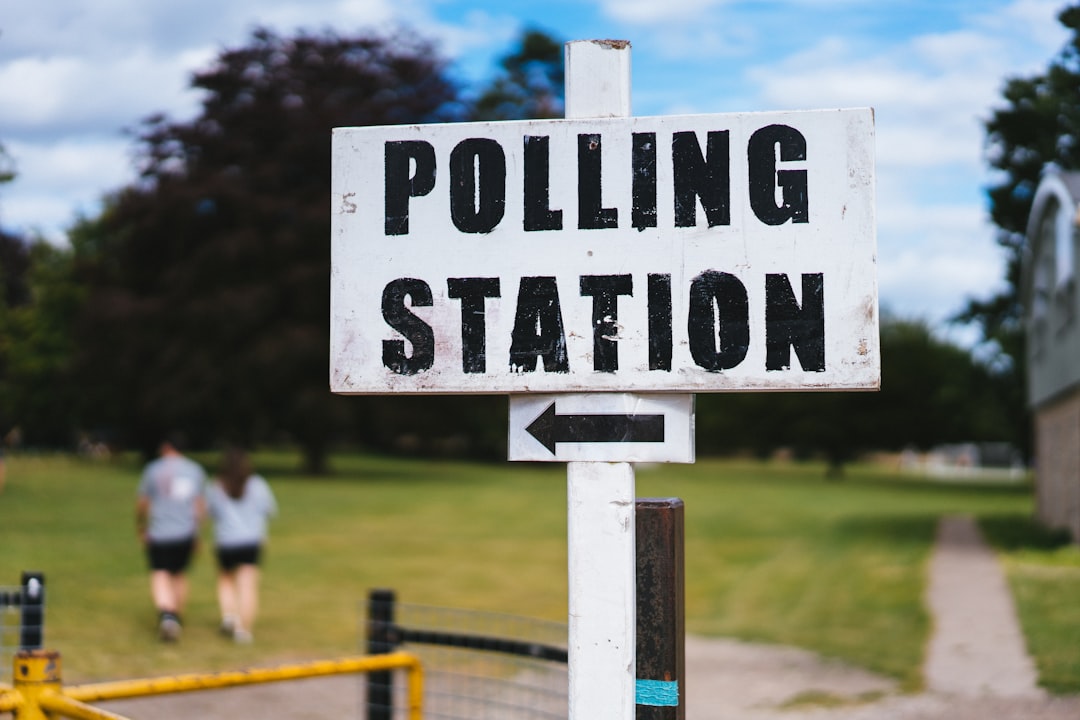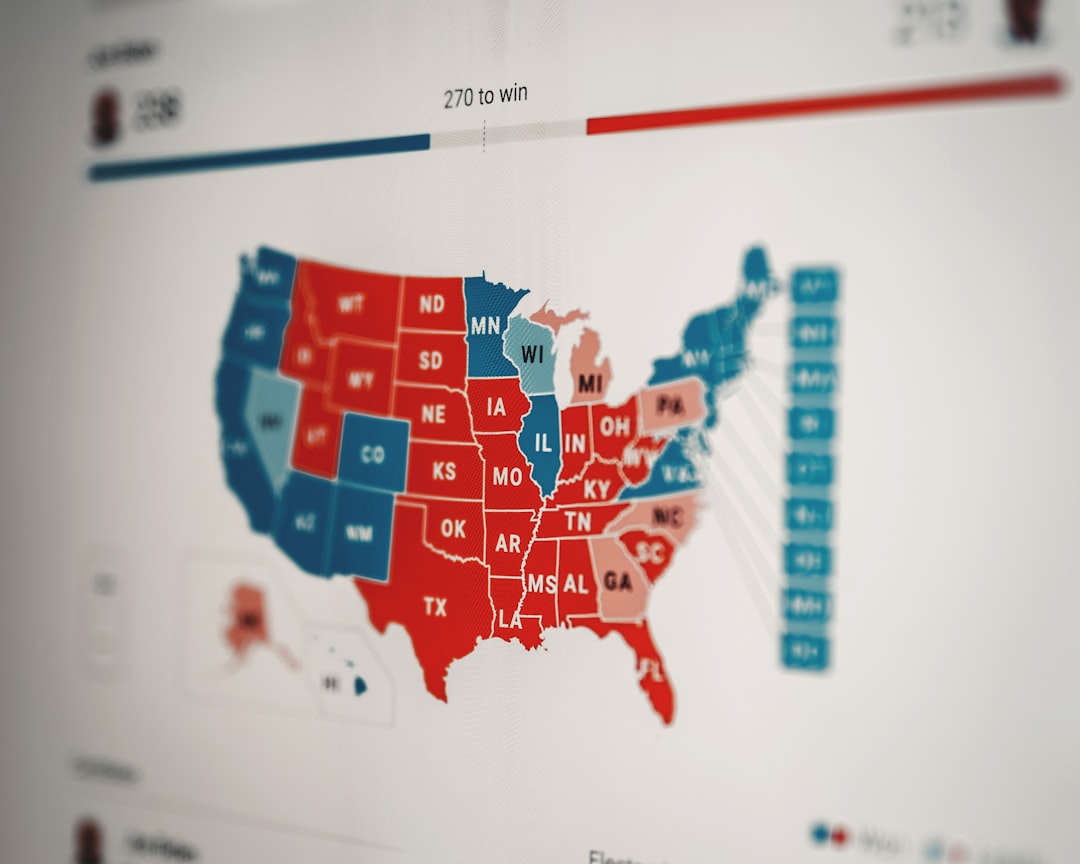The election of a president in the United States occurs every four years. During this period, the American people can choose to vote for their party.

What are the primaries?
It all begins with the primaries. In primaries, each party selects its presidential candidate. The regulations for primaries may vary from state to state. In certain states, anyone can cast a vote; however, in others, only registered party members are permitted to vote.
Super Tuesday
Another significant day is Super Tuesday. On this day, many states hold their primaries simultaneously. This phenomenon makes it easier to ascertain which candidates are popular.

Get Smarter on US News, History, and the Constitution
Join the thousands of fellow patriots who rely on our 5-minute newsletter to stay informed on the key events and trends that shaped our nation's past and continue to shape its present.
Choosing a party candidate
When people participate in primaries, they are not directly electing a candidate; instead, they are casting votes for delegates. These delegates, in turn, will support a candidate based on the votes they receive. Each candidate garners a specific number of delegates (depending on their vote tally).
After the primaries, there’s a national convention where delegates officially vote for their chosen candidates. To win the party’s nomination, a candidate must obtain more than half of the delegate votes.
If no candidate gets enough votes, the party will vote again. Sometimes, candidates drop out, and then delegates can choose someone else. This process continues until a candidate is selected.
Once parties have their candidates, it’s time for the general election: this election occurs on the Tuesday after the first Monday in November. All registered voters over 18 can vote for their president on this day.
Just like in the primaries, voters do not directly elect the president. Instead, their votes determine how many electors each candidate gets; however, the number of electors for each state depends on its population (this is crucial). Although it may seem straightforward, the process is complex.
In many states, the candidate who receives the most votes wins all of that state’s electors. For instance, if a state has 10 electors and a candidate secures 6 votes, they receive all 10 electors. This system is referred to as “winner-take-all.”
However, it raises questions about representation because some argue it may not reflect the true will of the populace. Although it simplifies the process, it can lead to disparities in electoral outcomes.
This is why candidates focus on swing states: these are states where both parties have a good chance of winning; however, it’s hard to guess the outcome in these states before (the) election.
After the election, electors cast their votes (approximately) 41 days later. These votes are counted in Congress in early January. This is when the next president is officially announced.
The inauguration of the new president occurs on January 20th; this event signifies the official conclusion of the election year.













